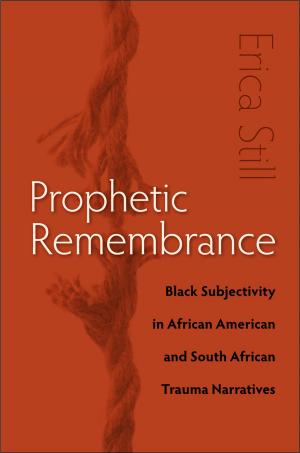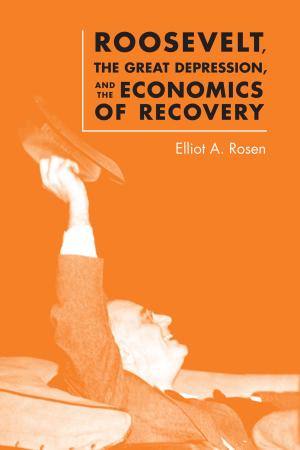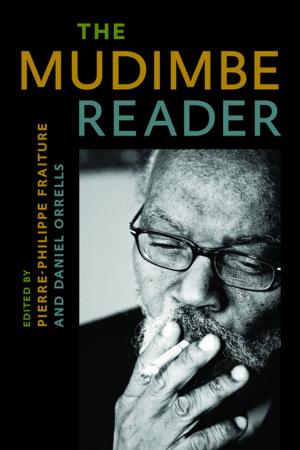Body and Soul
A Sympathetic History of American Spiritualism
Nonfiction, History, Americas, United States, 19th Century| Author: | Robert S. Cox | ISBN: | 9780813923901 |
| Publisher: | University of Virginia Press | Publication: | September 29, 2003 |
| Imprint: | University of Virginia Press | Language: | English |
| Author: | Robert S. Cox |
| ISBN: | 9780813923901 |
| Publisher: | University of Virginia Press |
| Publication: | September 29, 2003 |
| Imprint: | University of Virginia Press |
| Language: | English |
A product of the "spiritual hothouse" of the Second Great Awakening, Spiritualism became the fastest growing religion in the nation during the 1850s, and one of the principal responses to the widespread perception that American society was descending into atomistic particularity.
In Body and Soul, Robert Cox shows how Spiritualism sought to transform sympathy into social practice, arguing that each individual, living and dead, was poised within a nexus of affect, and through the active propagation of these sympathetic bonds, a new and coherent society would emerge. Phenomena such as spontaneous somnambulism and sympathetic communion with the dead—whether through séance or "spirit photography"—were ways of transcending the barriers dissecting the American body politic, including the ultimate barrier, death. Drawing equally upon social, occult, and physiological registers, Spiritualism created a unique "social physiology" in which mind was integrated into body and body into society, leading Spiritualists into earthly social reforms, such as women’s rights and anti-slavery.
From the beginning, however, Spiritualist political and social expression was far more diverse than has previously been recognized, encompassing distinctive proslavery and antiegalitarian strains, and in the wake of racial and political adjustments following the Civil War, the movement began to fracture. Cox traces the eventual dissolution of Spiritualism through the contradictions of its various regional and racial factions and through their increasingly circumscribed responses to a changing world. In the end, he concludes, the history of Spiritualism was written in the limits of sympathy, and not its limitless potential.
A product of the "spiritual hothouse" of the Second Great Awakening, Spiritualism became the fastest growing religion in the nation during the 1850s, and one of the principal responses to the widespread perception that American society was descending into atomistic particularity.
In Body and Soul, Robert Cox shows how Spiritualism sought to transform sympathy into social practice, arguing that each individual, living and dead, was poised within a nexus of affect, and through the active propagation of these sympathetic bonds, a new and coherent society would emerge. Phenomena such as spontaneous somnambulism and sympathetic communion with the dead—whether through séance or "spirit photography"—were ways of transcending the barriers dissecting the American body politic, including the ultimate barrier, death. Drawing equally upon social, occult, and physiological registers, Spiritualism created a unique "social physiology" in which mind was integrated into body and body into society, leading Spiritualists into earthly social reforms, such as women’s rights and anti-slavery.
From the beginning, however, Spiritualist political and social expression was far more diverse than has previously been recognized, encompassing distinctive proslavery and antiegalitarian strains, and in the wake of racial and political adjustments following the Civil War, the movement began to fracture. Cox traces the eventual dissolution of Spiritualism through the contradictions of its various regional and racial factions and through their increasingly circumscribed responses to a changing world. In the end, he concludes, the history of Spiritualism was written in the limits of sympathy, and not its limitless potential.















